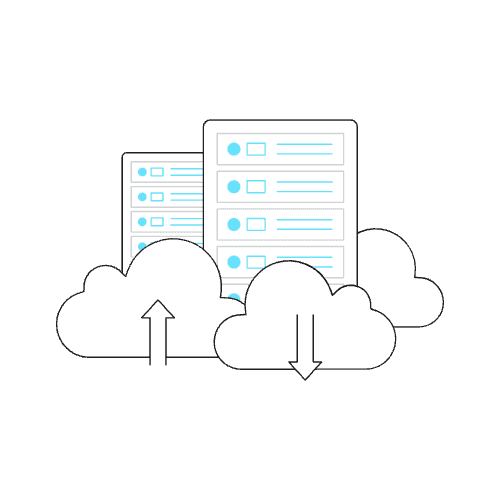
Roles and Responsibilities of Salesforce Developer
Ready to elevate your career as a Salesforce Developer?
Explore Salesforce Developer Responsibilities Across 4 Top Industries
8:00 AM - Morning Stand-Up Meeting
Daily Tasks:
- Discuss project updates and team priorities.
- Address any blockers that team members are facing.
Peak Hours: Early morning when team members are most engaged.
Points of Friction: Scheduling conflicts, especially with remote team members.
9:00 AM - Review Code and Debugging
Daily Tasks:
- Review code from previous commits and identify bugs.
- Collaborate with team members on resolving issues.
Peak Hours: Mid-morning, as focus levels are high.
Points of Friction: Complex bugs that require significant time to troubleshoot.
10:30 AM - Development Time
Daily Tasks:
- Build new features or customize existing Salesforce applications.
- Collaborate with product owners for requirements clarification.
Peak Hours: Late morning to early afternoon for deep focus.
Points of Friction: Tight deadlines affecting the quality of development work.
1:00 PM - Client Consultation
Daily Tasks:
- Meet with clients to gather feedback on current projects.
- Discuss future enhancements and feature requests.
Peak Hours: Early afternoon for clarity after lunch.
Points of Friction: Miscommunication regarding client needs and expectations.
2:30 PM - Integration Work
Daily Tasks:
- Collaborate with IT teams to integrate Salesforce with other systems.
- Ensure seamless data flow between platforms.
Peak Hours: Early to mid-afternoon for productive teamwork.
Points of Friction: Technical challenges in integration points causing delays.
4:00 PM - Testing and Quality Assurance
Daily Tasks:
- Conduct testing on newly developed features and fixes.
- Ensure high quality and functionality before deployment.
Peak Hours: Late afternoon as the day comes to a close.
Points of Friction: Last-minute bugs that require urgent fixes before release.
5:30 PM - Documentation and Wrap-Up
Daily Tasks:
- Document work completed throughout the day.
- Update project management tools for tracking progress.
Peak Hours: End of the day for reflection on completed tasks.
Points of Friction: Limited time to ensure thorough documentation.

Unpacking the Key Obstacles and Their Impacts on salesforce Developers Task
Managing Complex Integrations
Challenge:
Integrating Salesforce with various third-party systems can be intricate, often leading to data inconsistencies and performance issues.
Impact:
Poor integration can result in inaccurate data, increased maintenance costs, and a fragmented user experience.


Navigating Salesforce Limits and Constraints
Challenge:
Salesforce imposes strict limits on data storage, API calls, and governor limits that can constrain development.
Impact:
Hitting these limits can hinder scalability and force developers to implement complex workarounds, slowing down progress.
Ensuring Compliance and Security
Challenge:
Adhering to regulatory requirements such as GDPR and HIPAA is essential but complex.
Impact:
Non-compliance can lead to severe penalties, reputational damage, and loss of customer trust.


Keeping Up with Rapid Platform Changes
Challenge:
Salesforce frequently releases updates and new features, creating pressure to stay current.
Impact:
Failing to adapt can lead to missed opportunities for leveraging new functionalities and implementing best practices.
Balancing Customization and Maintainability
Challenge:
Highly customized solutions can create significant technical debt over time.
Impact:
Increased complexity can make future upgrades and maintenance more difficult, leading to higher costs and potential performance degradation.

